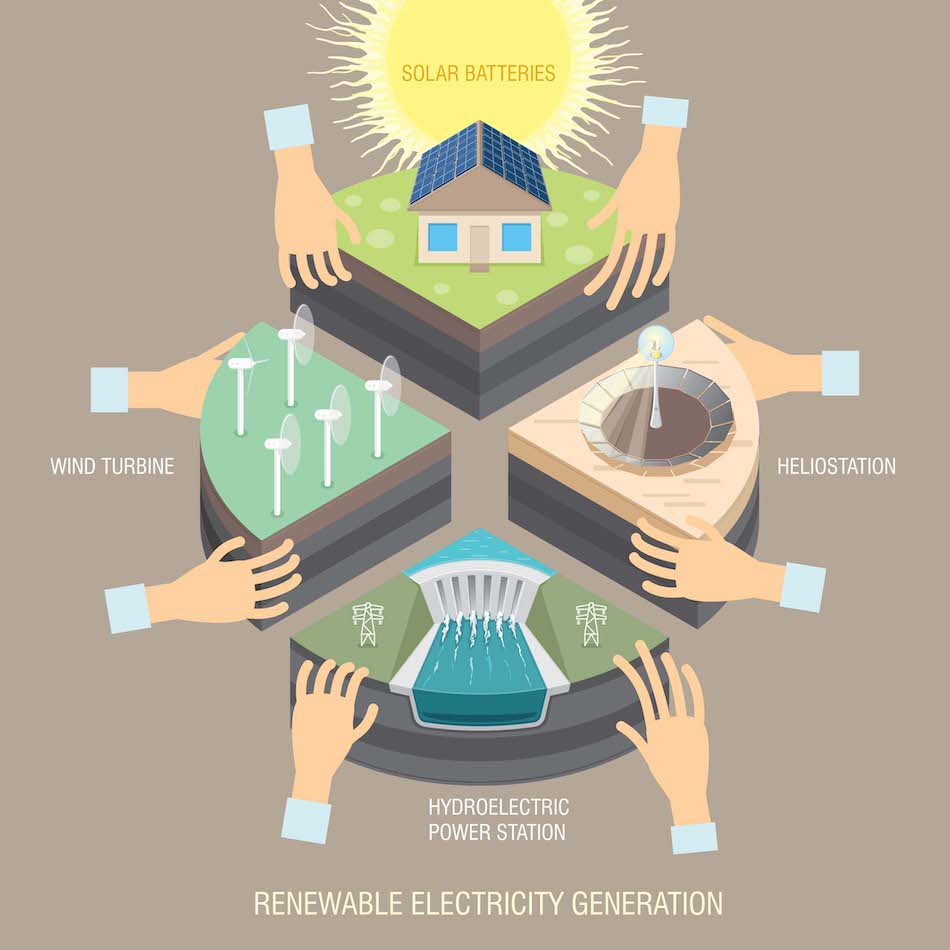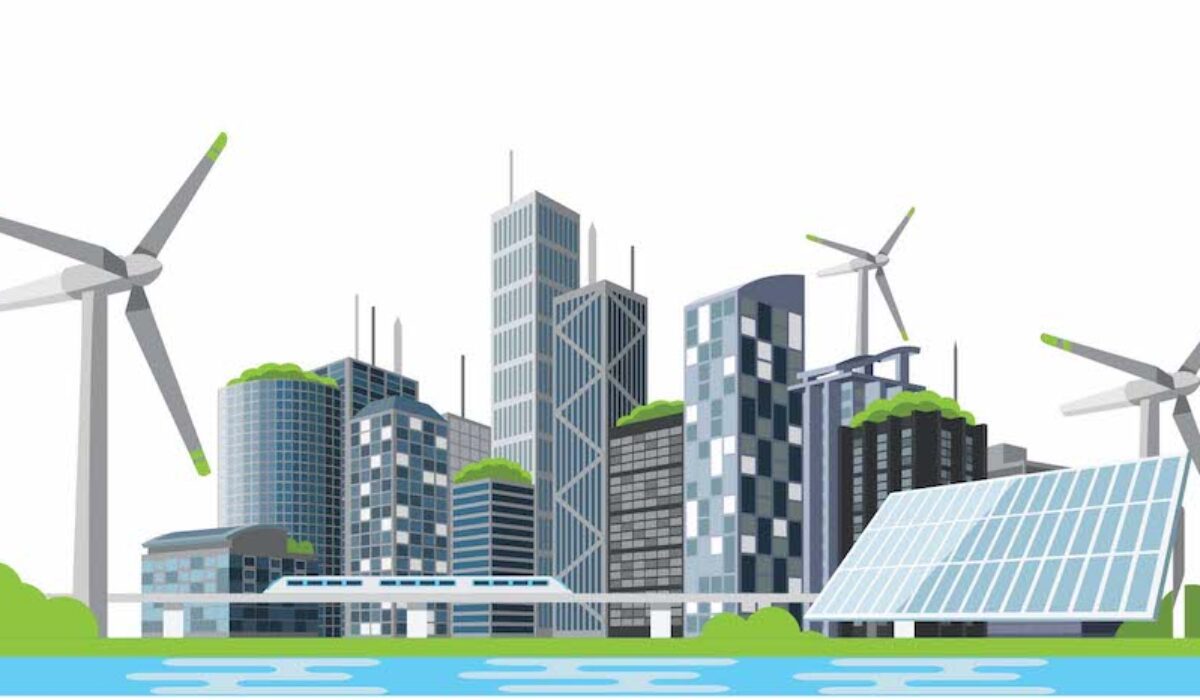The Great Transition
There has been a staggering fall in the price of solar and wind power in the last decade, alongside a call for climate action, leading to a rapid expansion of these technologies. Global demand for energy is on the rise, and as consumption increases our dependence on carbon-emitting fossil fuels needs to be addressed.
And change is here. Norway, a country with a long history as an oil and gas producer, and one that used its oil prosperity to build the world’s largest sovereign wealth fund (SWF), is changing direction. The Norwegian government announced on April 5th that its SWF will double its investment in unlisted renewable energy ventures to $14 billion, tighten its restrictions on coal and offload certain fossil fuel investments.
A move that was sending shockwaves through the global oil and gas industry, was simultaneously welcomed by climate groups who cited it as a crucial turning point. The decision comes some 18 months after 220 organizations from 55 countries signed what is known as the Lofoten Declaration, which called for a managed decline of the fossil fuel sector in line with the Paris UN climate goals. However, in a controversial allowance, the withdrawal won’t apply to Shell, BP and France’s Total, the three biggest investments in the fund’s total £27.9bn of oil and gas stocks, because they aren’t solely oil production companies. But the move will have some sway. The policy will affect 1.2% of its holdings, worth about 66bn Norwegian krone and its investments in approximately 150 oil companies.
“A move that was sending shockwaves through the global oil and gas industry, was simultaneously welcomed by climate groups who cited it as a crucial turning point.”
Norway’s US$1 trillion-plus SWF is a formidable financier, whose every move is followed by the energy industry. Previously, the fund was only allowed invest in listed renewable energy projects and companies. The new guidelines allow for more leeway to invest in infrastructure projects at an earlier stage, and in doing so can maximise potential gains.

According to a GPFG press release, a total of 114 oil and natural gas exploration and production companies will be divested ‘gradually over time.’ Establishments headed for divestment include major US producers like EOG Resources, Anadarko Petroleum, Apache, Cabot Oil and Gas, Devon Energy, Diamondback Energy, and Occidental Petroleum.
The fund will invest in non-listed infrastructure, with the government stressing such commitments will not be a climate policy measure, but an investment strategy. ‘Such investments shall be subject to the same profitability and transparency requirements as the other investments of the fund,’ said Norway’s minister of finance, Siv Jensen.
Nevertheless, oil companies are in for a steep uphill battle if the Norwegian decision is translated into policy in the near future, as it could be forced to dispose of shares in miners BHP Group and Glencore under new plans. However, fossil fuel investments that have renewable energy divisions like Exxon, Total, Petrobras, Royal Dutch Shell, etc – will continue to be included in the GPFG fund. The fund will be allowed to make the investments through dedicated special environment-related mandates, amid a growing market for renewable energy.
“In a statement the Norwegian government said it is ‘now allowing for the Government Pension Fund Global to be invested in unlisted renewable energy infrastructure.”
Key factors driving the renewable energy market include a rising demand for energy, as well as favourable government initiatives and better economies of scale. And its role is only going to get bigger. Denmark leads with 68% of power coming from renewables. Among the larger EU economies, the renewables share in power is 30% in Germany, 28% in the UK, 25% in Spain and 23% in Italy. Furthermore, China plans on increasing its share of renewable energy in the electricity generation mix from 7% in 2015, to 67% in 2050, driving tremendous growth in the market.
Yet, despite high growth rates, renewable energy still represents only a small fraction of today’s global energy consumption. Renewable electricity generation (excluding hydro), is estimated to only account for 8.4% of global electricity generation.
The inspired move by the Norwegian SWF is a direct acknowledgment of green energy’s role in the new energy economy. It also serves to highlight the industry’s support toward climate causes. Norway’s SWF is a market mover, getting rid of out-of-date investments and obtaining cleaner and more innovative ones for the sake of divergence and good governance.
However, even such a momentous divestment is a tiny drop in the ocean compared to the size of the world’s oil and gas sector. By 2040, 66% of the global energy market will be in renewables, and they will make up 80% of new power capacity in the EU. These predications and hopes are driving an urgent race to diversify in 2019.
While the move is the biggest divestment from hydrocarbons yet, there is still a long way to go to ease climate change concerns. As long as the global economy continues to buy fossil fuels, businesses will profit from selling them and investors will be financially rewarded for owning them. But, for now, it is a case of diversify or disappear.

